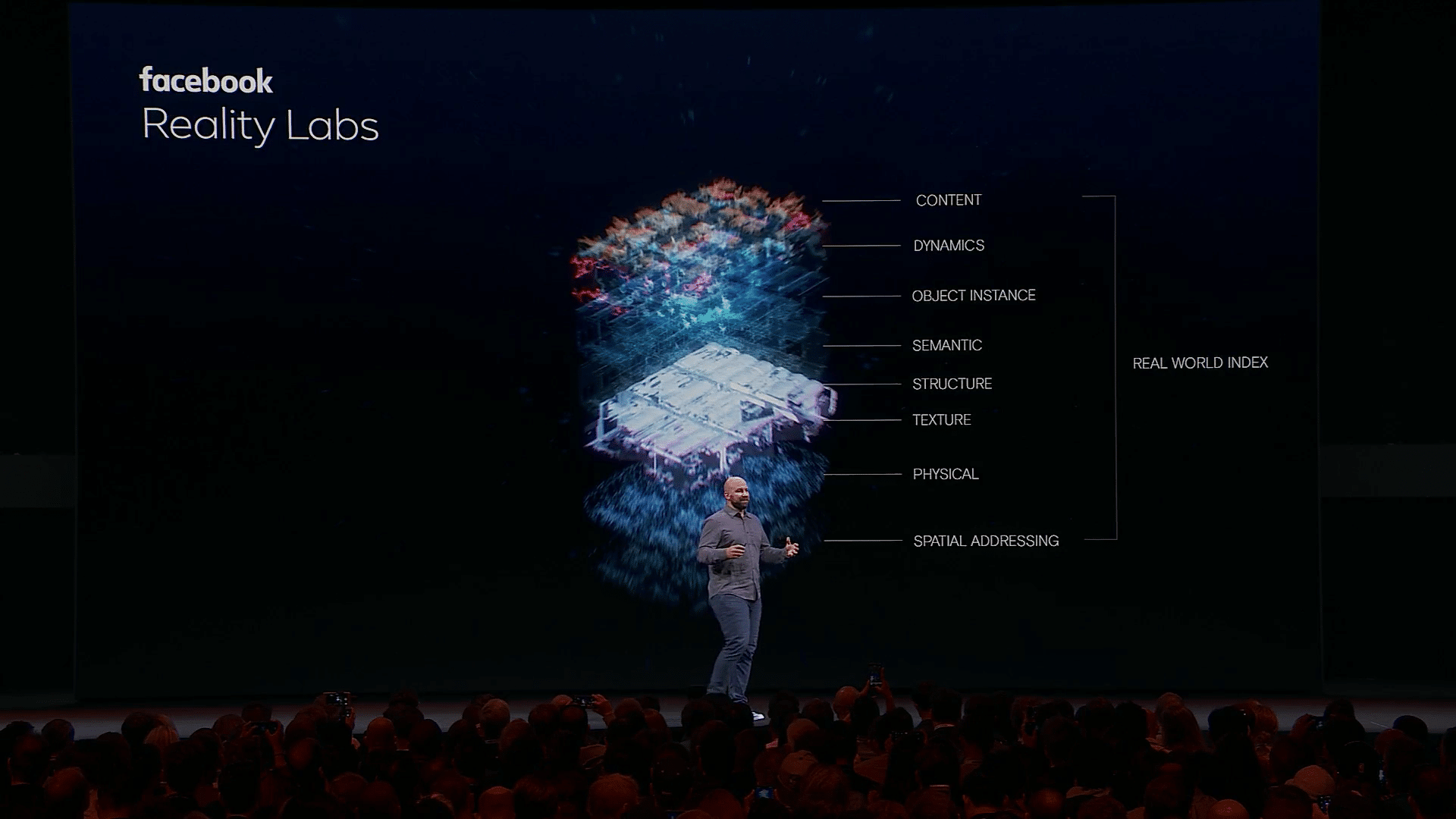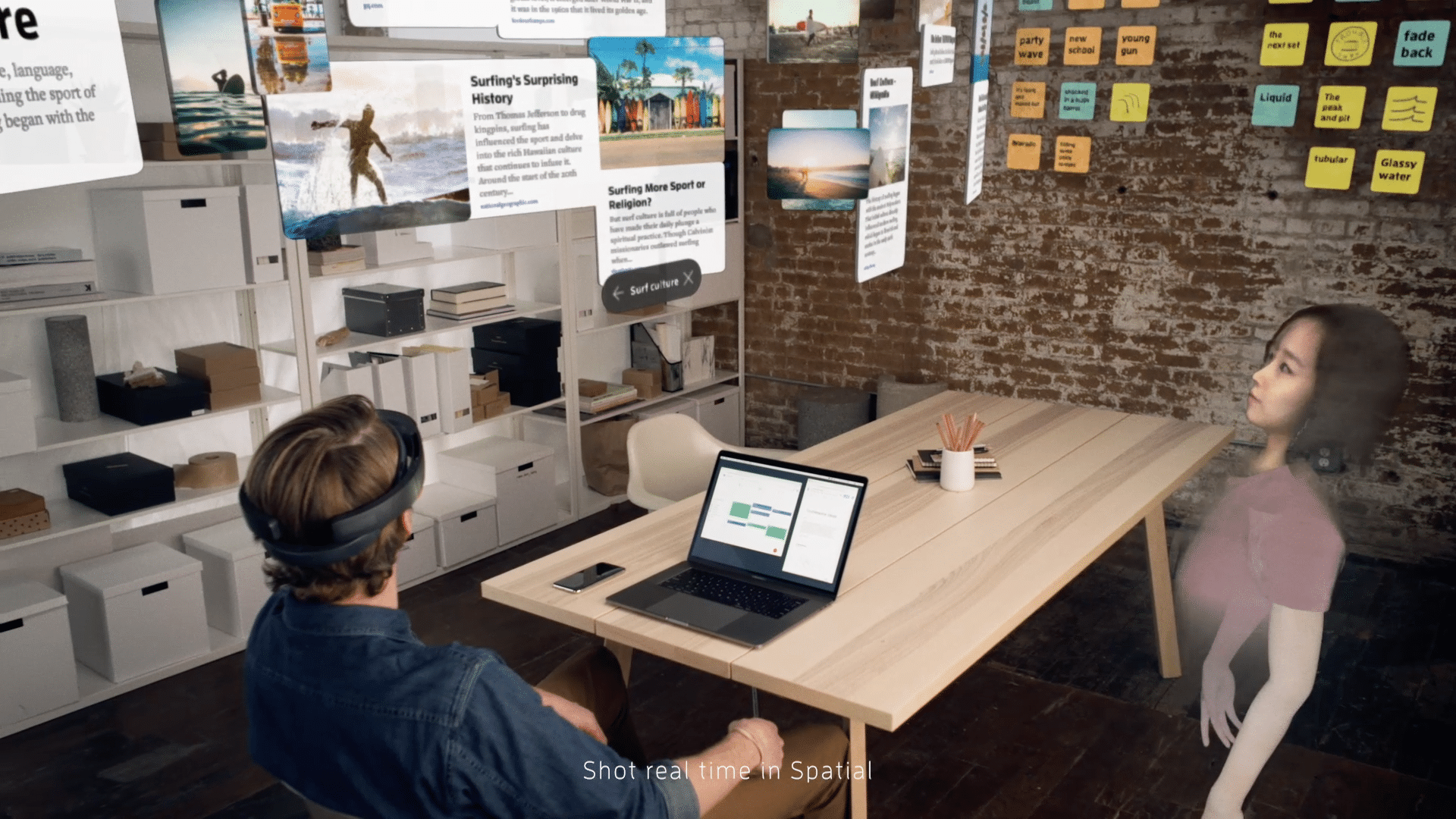
“Trendline” is AR Insider’s series that examines trends and events in spatial computing, and their strategic implications. For an indexed library of spatial computing insights, data, reports and multimedia, subscribe to ARtillery PRO.
As AR struggles to get off the ground and find a path to mass-market scale, there are a few confidence signals for the sector’s long term health. Those include multi-billion dollar investments by tech giants to make it happen, and revenue bright spots such as AR advertising.
After spending lots of time examining those factors, another confidence signal has started to emerge: M&A activity. AR startups getting acquired signals further confidence and validation from tech giants, and fuels early-stage innovation by incentivizing startups and investors.
And it’s not just AR but other interlinked pieces of the spatial computing spectrum such as VR. As we mentioned after Facebook bought Beat Games, it validates exit potential for other startups and game studios in VR, and could stimulate more early-stage activity to work towards that prize.

The AR LandSCAPE
These thoughts resurfaced with this week’s news that Facebook acquired AR cloud startup Scape. Terms weren’t disclosed, but Techcrunch estimates a $40 million purchase price which would be a decent return for Scape founders and backers, given $8 million in funding to date.
For those unfamiliar, Scape’s Visual Positioning Service builds 3D spatial maps in urban areas by aggregating 2D imagery and applying its own computational heavy lifting. This aligns with Facebook’s needs for spatial mapping in order to build a social layer for the spatial web.
In this case, it made sense to buy versus build to accelerate its path to market, which is often the calculus in such decisions. Edward Miller and team have built a highly specialized technology in a technically-advanced area (see video below) that would take Facebook much more time to build.
In fairness, that’s not always the case. Google isn’t as acquisitive for AR cloud endeavors (“Internet of Places“), which build from existing Google Images and Street View data. These are longstanding and extensive training sets for object recognition that feed right into its AR play.
For example, its similarly-named Visual Positioning Service utilizes its database of Street View imagery to localize a given device. Once the device recognizes where it is or what it’s looking at, it can overlay things like navigation (Live View) or informational overlays (Google Lens).
Full-Stack Approach
Back to M&A, another example of the acquisition path is Niantic. It acquired Matrix Mill and Escher reality to boost functionality for its Real World Platform. The former brings computer vision and object occlusion while the latter brings multiplayer support (not to mention Ross Finman).
Related to the above, Niantic is building its own AR cloud by crowdsourcing “planet-scale” spatial mapping through roaming legions of Pokemon Go players. That will feed into Real World Platform which will continue to populate as more startups use it, some of which could then get acquired.
Meanwhile, other spatial computing acquisitions in recent history include Apple’s purchase of Metaio and Flyby Media; and Google’s purchase of Owlchemy Labs. And smaller deals continue to validate exit potential such as Streem’s acquisition by home services powerhouse Frontdoor.
This all raises the question of what (or who) is next. 6D.ai has strong technology that’s aligned with Apple’s ongoing spatial efforts. That includes proven interest in area-mapping and a privacy-centric approach. Both companies diverge from ad revenue, as 6D.ai made clear to us.
We also like the alignment between AR team-productivity startup Spatial and Microsoft. Besides being a partner and key corporate use case for Hololens, Spatial could advance Microsoft’s application layer (think: MS Office for AR) as it continues to take a full-stack approach to AR.

Ripple Effects
But Facebook gets the prize for being the most acquisitive of all. Besides Scape and previous startup conquests like CTRL Labs, it claims the mother of all XR acquisitions: Oculus. This kicked off the current wave of spatial computing interest and will continue to accelerate it.
More than acquisitions, Facebook’s devotion to spatial computing can be seen in the much larger dollar amounts it commits to ongoing R&D. As we recently examined, care of some analysis by Jason McDowall, its annual R&D in spatial computing now approaches $10 billion.
Speaking of which, Facebook deserves a nod here. Amidst a turbulent 2019 over data collection missteps, the company should get credit where it’s due: in massive investments to buoy the VR sector. That includes loss-leader pricing in its hardware among other things.
Of course, those moves aren’t totally altruistic, as it’s investing to be the platform at the center of the next computing era. But it deserves credit for long-term thinking, risk tolerance, R&D investment, and a planned 4000-employee spatial computing facility outside of San Francisco.
Meanwhile, acquisitions like Scape are part of the formula. And they could similarly stimulate sector health. There’s now greater incentive for startup launches and early-stage funding, given validated exit potential. We could see ripple effects throughout 2020. The sector could sure use it.
For deeper XR data and intelligence, join ARtillery PRO and subscribe to the free AR Insider Weekly newsletter.
Disclosure: AR Insider has no financial stake in the companies mentioned in this post, nor received payment for its production. Disclosure and ethics policy can be seen here.
Header image credit: Scape Technologies
